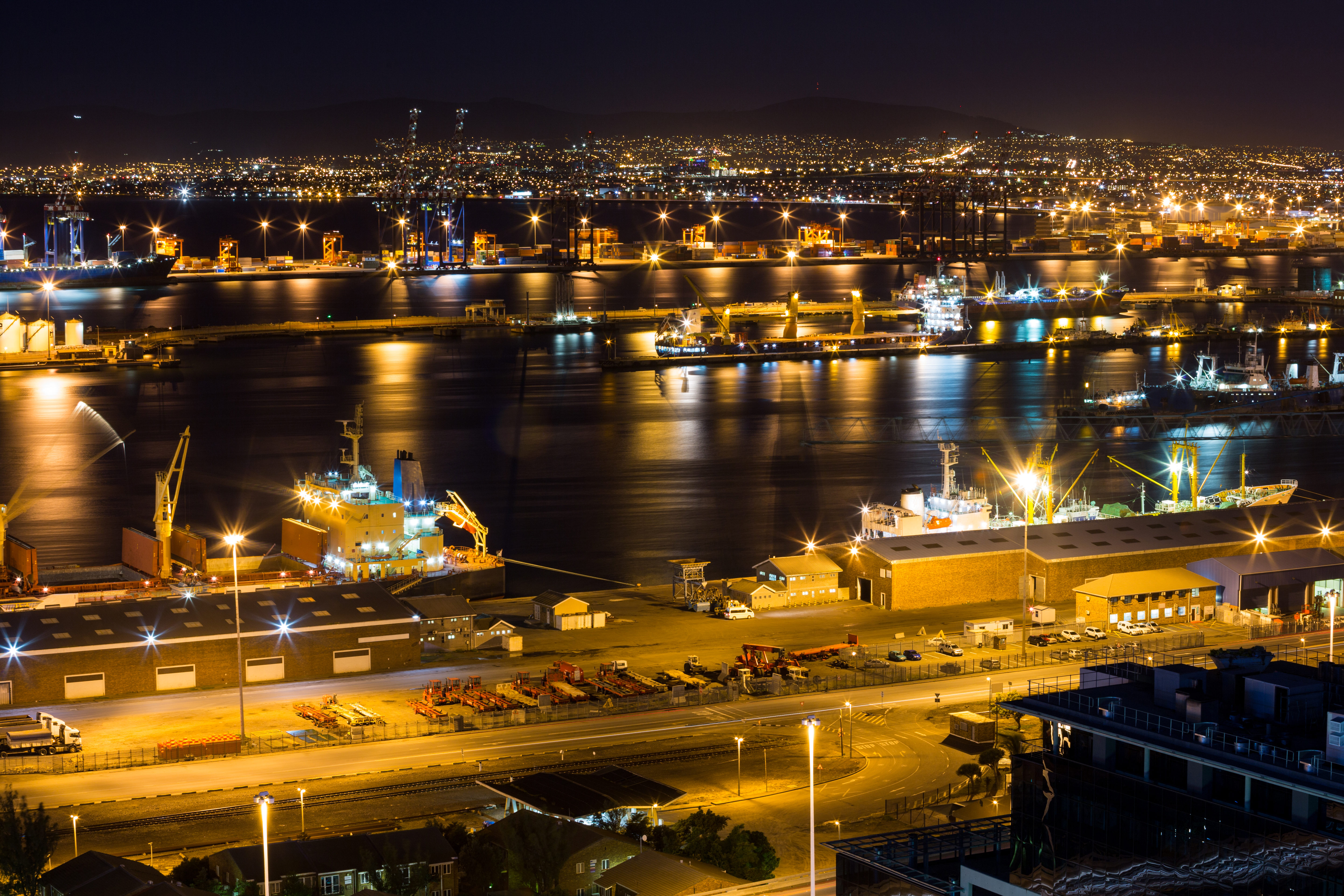MANILA, PHILIPPINES – International Container Terminal Services Inc. (ICTSI), a global port operator, has announced a substantial investment of over $130 million dedicated to upgrading its facilities in the Subic Bay Freeport Zone. This major capital expenditure follows the successful securing of a 25-year extension on the concession agreements for the New Container Terminals (NCT) 1 and 2, ensuring that ICTSI’s subsidiaries will continue to operate and manage the key Northern and Central Luzon gateways until the year 2058. This long-term commitment solidifies the Subic port’s role as a vital logistics hub for the archipelago.
The $130 million investment is specifically earmarked for a comprehensive Investment and Development Plan designed to dramatically enhance the terminals’ operational capabilities and efficiency. The primary goal of the upgrade is a substantial increase in the combined annual handling capacity of NCT 1 and 2 by two-thirds, boosting it from the current 600,000 twenty-foot equivalent units (TEUs) to 1 million TEUs. This expansion covers extensive civil infrastructure upgrade works and focuses heavily on new equipment acquisition, including the replacement of four existing quay cranes, the addition of a fifth quay crane, and the integration of more hybrid rubber-tired gantry (RTG) cranes. This equipment strategy is not only about capacity but also supports the company’s sustainability goals by reducing operational emissions.

The Investment’s Impact on the Philippines by 2025
By the end of 2025, the effects of this massive capital injection will be clearly felt across the Philippine economy, particularly in the trade and logistics sectors. This upgrade ensures that Subic Bay can immediately handle increased volumes, directly supporting the rapidly expanding economic activities in Central and Northern Luzon. Regions like Clark, Bataan, Pampanga, Tarlac, and La Union will benefit from highly efficient, seamless trade connectivity, making their products more competitive globally and attracting more Foreign Direct Investment (FDI) to these provinces.
Furthermore, strengthening the Subic gateway alleviates the chronic pressure on the ports of Metro Manila, improving national logistics flow and reducing associated costs for importers and exporters across the entire country. The move also signals increased confidence in the Philippines as a long-term trade destination, driving demand for supporting services like trucking, warehousing, and customs brokerage, thereby generating thousands of direct and indirect jobs across the northern corridor. ICTSI’s dedication to modern, efficient, and partially electrified equipment sets a new benchmark for port operations, positioning Subic as a modern, reliable, and efficient gateway well into the future.
With additional report: Lisbet K. Esmael – Reporter of inquirer.net







